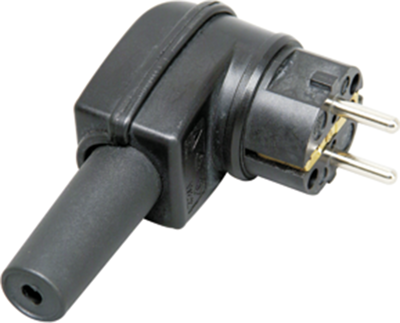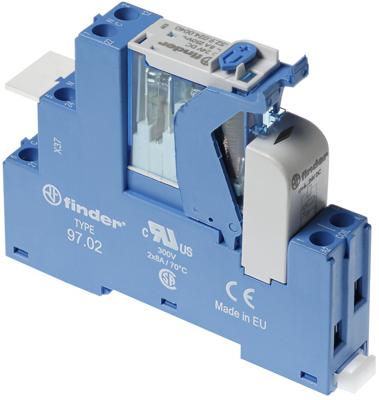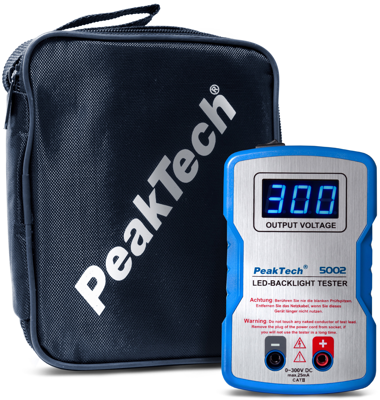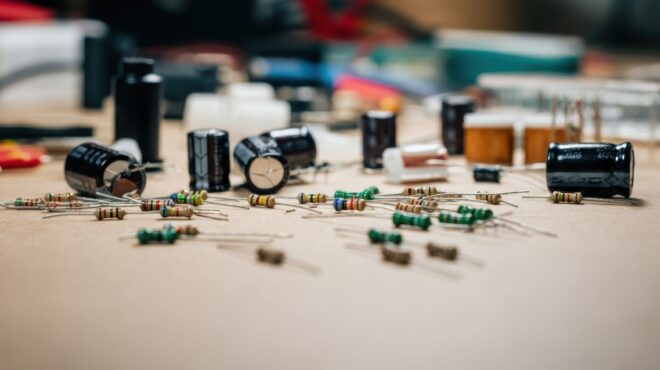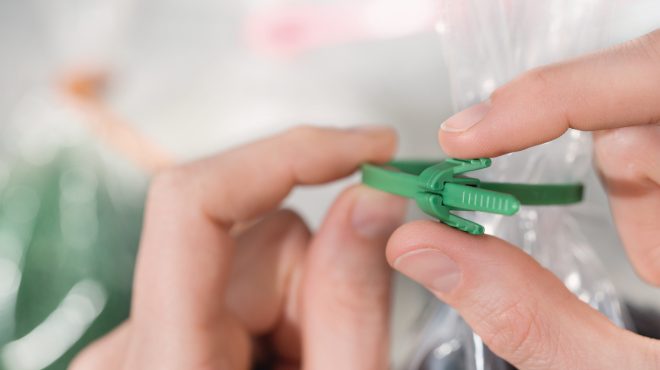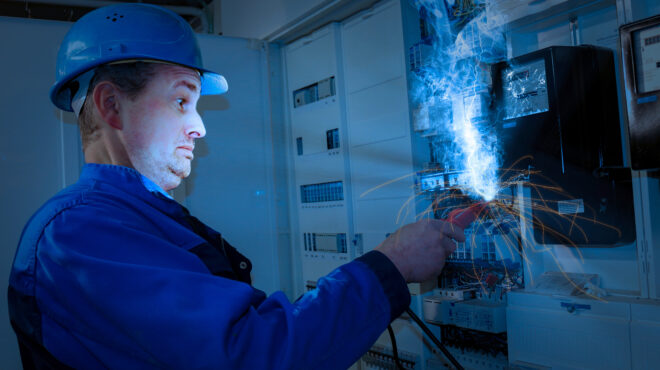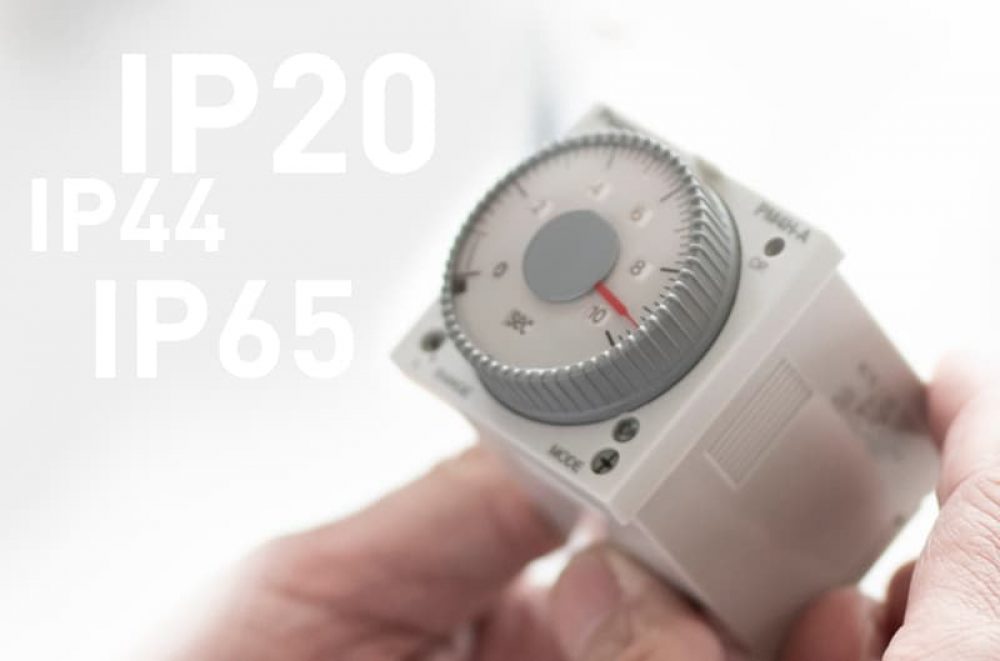
IP Protection Classes: A Definition
The resistance of a device is decisive for its longevity. This can be recognized by the IP protection class. But what is an IP protection class? How does it differ from the protection class? And how is an IP code structured? These and many other questions concerning the complex topic of "protection aspects of electrical equipment" are answered in the following.
Safety characteristics of electrical devices
If electrical appliances, lights or even installation parts fail to work overnight, it is often foreign bodies such as dust or water that get inside. Even the smallest particles or droplets can attack and damage the sensitive electrotechnical systems. How resistant a device is can be seen from the specified IP protection class.
What does IP protection class mean?
The abbreviation IP stands for “International Protection” or – as used mainly in the English-speaking world – “Ingress Protection“. The IP degree of protection defines the degree of protection of the housing against contact with the inner workings of a device, as well as against the ingress of foreign bodies and water.
How is an IP code structured?
The IP protection class always consists of two digits: The first digit describes the degree of protection against contact with the interior of the device and against the penetration of foreign bodies. The second digit indicates the degree of protection against the penetration of water.
For the first IP number, the numbers range from 0 to 6, where 0 means that there is no protection, whereas 6 means full protection against dust and contact. The numbers in between differ on the basis of the diameter of a foreign body, i.e. the size from which protection against the penetration of the inside of the device is given.
The code numbers are defined in both the international standard ISO 20653 and the German standard DIN EN 60529.
IP number 1
| IP number 1 (DIN EN 60529) | Protection against foreign bodies | Protection against contact |
|---|---|---|
| 0 | No protection | No protection |
| 1 | Protection no protection 1 Against solid foreign objects with diameter ≥ 50 mm | Against access with the back of the hand |
| 2 | Against solid foreign objects with diameter ≥ 12.5 mm | Against access with one finger |
| 3 | Against solid foreign objects with diameter ≥ 2.5 mm | Against access with a tool |
| 4 | Against solid foreign objects with diameter ≥ 1.0 mm | Against access with a wire |
| 5 | Against dust in harmful quantities | Complete protection against contact |
| 6 | Dust-tigh | Complete protection against contact |
The second digit has a nine-level structure: from unprotected, drip-proof, spray-proofproof, and jet-proof to protection against high-pressure and steam jet cleaning.
IP number 2
| IP number 2 (DIN EN 60529) | Protection against water |
|---|---|
| 0 | No protection |
| 1 | Protection against dripping water |
| 2 | Protection against falling dripping water when the housing is tilted at an angle of 15° from its normal position |
| 3 | Protection against falling spray water up to 60° from vertical |
| 4 | Protection against splash water from all sides |
| 5 | Protection against water jets (nozzle) from any angle |
| 6 | Protection against strong water jets |
| 7 | Protection against temporary immersion |
| 8 | Protection against permanent immersion |
| 9 | Protection against water during high-pressure/steam jet cleaning, especially agriculture |
Here are some examples:
Protection class IP20
If you have a product with protection class IP20 in front of you, you can assume that it is protected against solid foreign bodies with a diameter of 12.5 mm or more and against access with a finger. However, this product is not waterproof. Products of this type are primarily used indoors.
Protection class IP44
A product with protection class IP44 is protected against the ingress of foreign bodies with a diameter of 1 mm or more and against splash water from all sides. Especially in outdoor areas, i.e. in environments where foreign bodies such as dust and earth or small insects could penetrate a product, devices with this protection class are recommended.
Protection class IP65
With IP65, a product is absolutely dustproof, and strong jets of water from any angle cannot harm it. Devices of this protection class are used in bathrooms, for example.
If one of the two digits is not specified for the IP protection class, an “X” appears in its place.
What is the difference between protection type and protection class?
While the degree of protection defines the housing protection of a device against the ingress of foreign bodies and water, the protection class describes the safety measures to prevent electric shock.
Protection classes I, II and III identify the protective measures on electrical devices and classify them, for example in washing machines or lights. The protection classes are defined by the EN 61140 standards or, in Germany, by VDE 0140-1.
- Protection class I is characterized by the most comprehensive protective measures. Devices of this type have a protective grounding.
- Protection class II means that double or reinforced insulation is provided. Protection class III products operate with safety extra-low voltages (SELV) or protective extra-low voltages (PELV).
In addition to protection class I to III, there is also protection class 0. However, it is prohibited in Germany and Austria, since devices of this class only have basic insulation. There is no additional protection of the user against electric shock.
When is which IP protection class required?
When which protection is required depends on the respective application. Here are a few classic examples for mounting luminaires:
Outdoors, there are a variety of ways to mount luminaires. Each situation has a different IP protection requirement.
- Luminaires in canopies require at least IP44 and are thus resistant to splashing water. Rainwater can thus not cause any damage.
- Recessed wall luminaires require at least IP54 protection.
- Floodlights or path lights for outdoors should be marked with at least IP65 protection. They can then be hosed down with a garden hose without hesitation, for example.
- All luminaires that are to be installed outdoors or in the garden must have at least IP67 protection. These luminaires not only withstand water jets, but are also waterproof in the event of temporary submersion.
Indoors, IP protection classes play just as important a role. While lamps with IP20 are usually sufficient in dry rooms, the need for protection in the bathroom turns out to be somewhat more complex due to water and moisture. Lamps installed in bathrooms have IPX4, IPX5 or even IPX7 protection, depending on where they are installed.
For example, mounting lights in the shower area or direct bath environment requires IP65 protection. Protection against water jets from all directions is essential here.
In addition to luminaires, there are many other products where the IP protection class plays an important role: Cable drums, power distributors, extension cables or connectors – depending on the requirements, they too must be resistant to improper contact by foreign bodies and external environmental influences.

